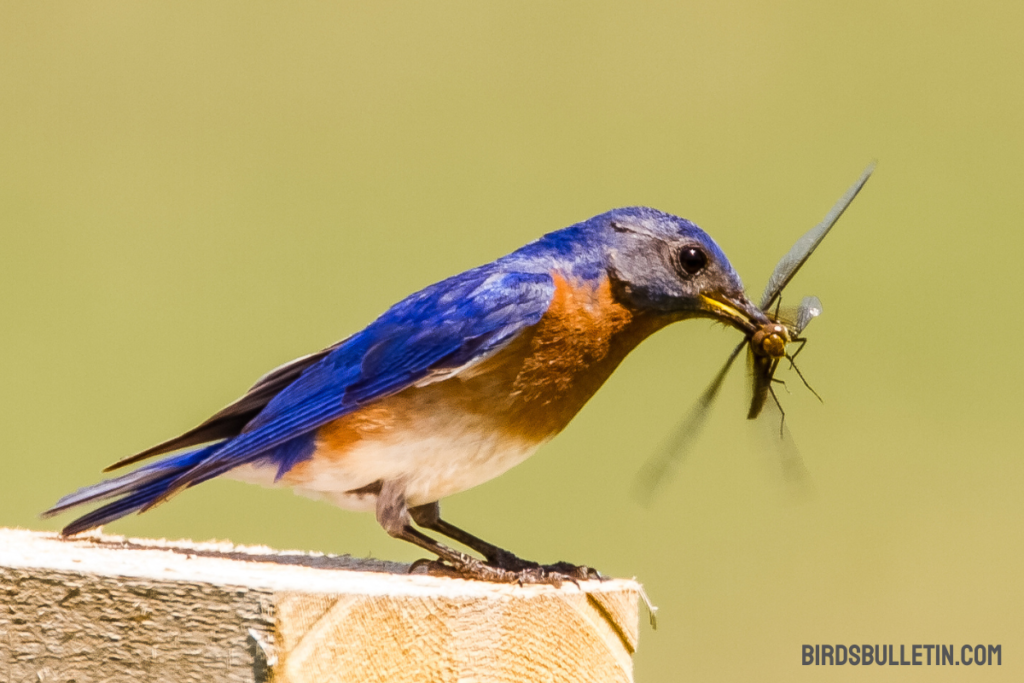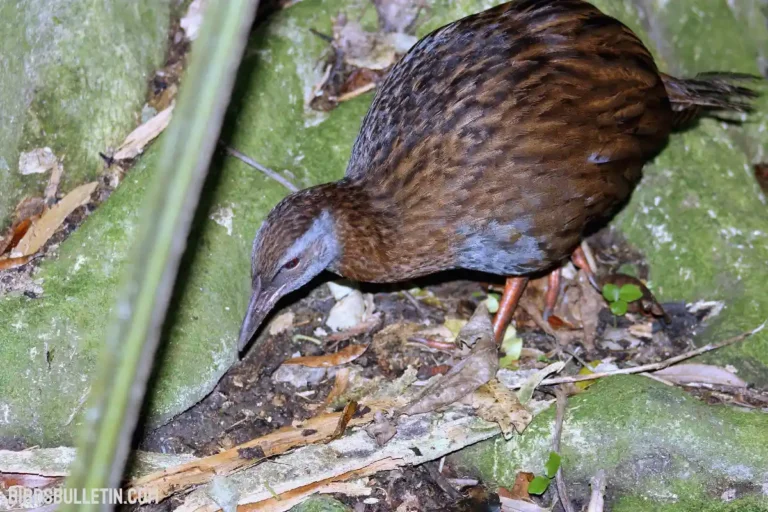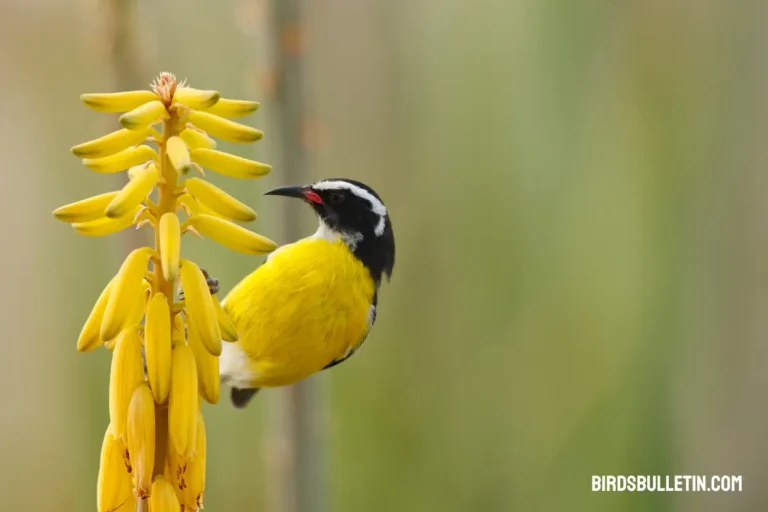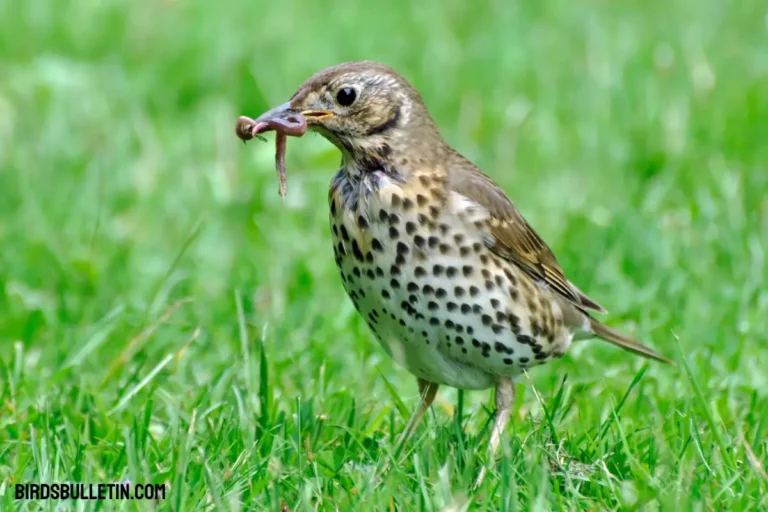What Does Eastern Bluebird Eat?
These medium-sized thrushes fill a niche feeding on insects and berries in open country across eastern North America. Their mix of foods shifts with seasonal availability. Providing an ongoing bounty for bluebirds encourages them to grace your backyard.
While insects make up the majority of their diet during spring and summer, Eastern Bluebirds switch primarily to berries and fruits in the fall and winter months when insects become scarce. Following the cycles of food sources allows bluebird numbers to remain strong across their range.
But what exactly do these colorful songbirds feast on? Read on to learn what makes up the bluebird diet during the nesting season and the winter months. Plus discover how Eastern Bluebirds catch so many winged insects to feed hungry chicks each summer.
Looking for more articles about birds’ food and diet
Favorite Foods By Season
Here’s an overview of the favorite elements in the Eastern Bluebird diet each season:
| Spring/Summer (March-August) | Fall/Winter (September – February) |
|---|---|
| Beetles | Dogwood berries |
| Caterpillars | Sumac berries |
| Grasshoppers | Wild cherry pits |
| Flying ants | Holly berries |
| Spiders | Raisins or currants |
| Butterflies | Mealworms |
| Dragonflies | Suet mixes |
Hunting Strategy
The Eastern Bluebird’s method of catching so many insects on the wing reveals finely tuned adaptations. Here’s how their hunting strategy works best:

- Perch patiently on wires, branches, or poles peering intently for insects crawling below
- Spot prey items on the ground or flying past
- Launch suddenly from perch towards prey in fast, fluttering bursts of flight
- Grab insect or berry deftly in beak mid-air
- Return to perch to quickly gulp down food
- Repeat the pattern frequently, catching a variety of crawling and flying insects
This flare for aerial hunting serves bluebirds perfectly in open grasslands interspersed with perches. Nest box programs ensure more bluebirds thrive across suitable habitats.
Winter Diet
Once cold weather arrives, the composition of an Eastern Bluebird’s diet shifts due to insect scarcity. Here’s how they adapt:
- Numbers of insects drop off once northern temperatures consistently dip below freezing.
- Eastern Bluebirds switch from primarily insects in spring and summer over to berries and fruits in fall and winter.
- Favored fruit fare includes dogwood berries, sumac berries, wild cherry pits, and holly berries when insects become scarce.
- In the southern range, may eat mealworms at feeders and suet mixes.
- Better winter survival where more berry-producing native plants exist.
What Does Their Baby Eat?
The hungriest weeks of an Eastern Bluebird’s year come while frantically feeding the nestlings. Here are fascinating facts about how bluebird parents provision their clamoring chicks:
- Only adult bluebirds can effectively catch insects on the wing – the young lack flying skills.
- So, parents sprint back and forth grabbing thousands of insects to satisfy chicks.
- Nestlings grow amazingly fast, nearly doubling body weight daily at peak growth between 3-6 days old!
- Both mom and dad bluebirds work incredibly hard from dawn to dusk to deliver enough beetles, spiders, grubs, and caterpillars.
- Researchers calculate nestlings may devour over 5000 insects before leaving the nest at age 16-21 days!
Frequently Asked Questions
01. How often do bluebirds feed their young?
The parents sprint back and forth almost constantly while the sun is up every 4-5 minutes! Chicks cry loudly to demand more food nonstop.
02. Do bluebirds only eat live insects?
Adults strongly prefer catching living, moving insects during the spring and summer months. But they may visit suet feeders with mealworms during winter.
03. What time of day do bluebirds feed most actively?
Bluebird activity peaks early morning from dawn through about 10 am. Then they resume intensive feeding again late afternoon into dusk – mirroring peak insect activity periods.
04. Where do bluebirds go at night?
They sleep together in cavities of old woodpecker holes, nest boxes, or tree hollows that help conserve body warmth overnight through colder months.
Final Reflection
In closing, Eastern Bluebirds exhibit fascinating flexibility in their feeding habits throughout the year. Their ability to shift between insect and berry food sources according to seasonal availability serves wild populations well.
Supporting thriving native berry bushes and prime perching spots amid your lawn will satisfy resident bluebirds while their handsome colors brighten your backyard!
References
- Gowaty, Patricia, and Jonathan Plissner. “Eastern Bluebird.” Birds of the World, Cornell Lab of Ornithology, 2020.
- “Eastern Bluebird.” All About Birds, Cornell Lab of Ornithology, 2022.
- Williams, Jacob. “8 Fascinating Eastern Bluebird Facts.” American Birding Association, 2022.







